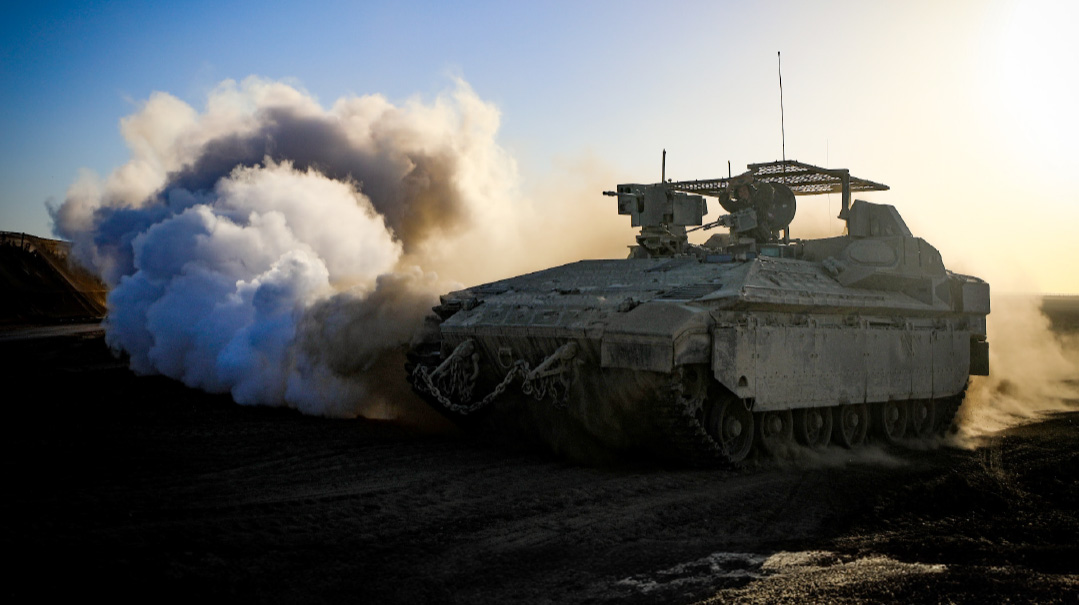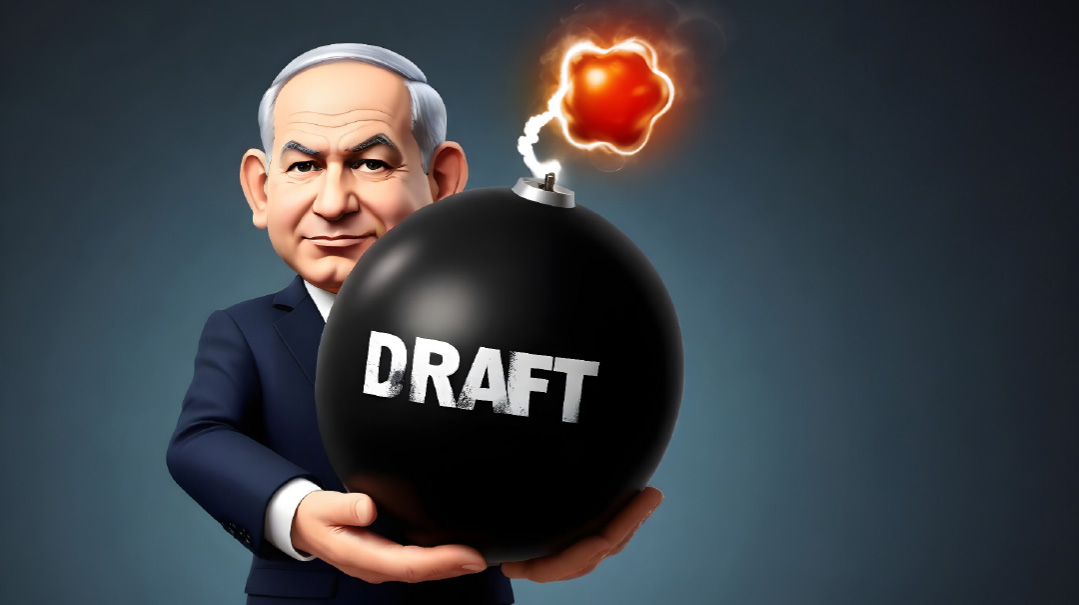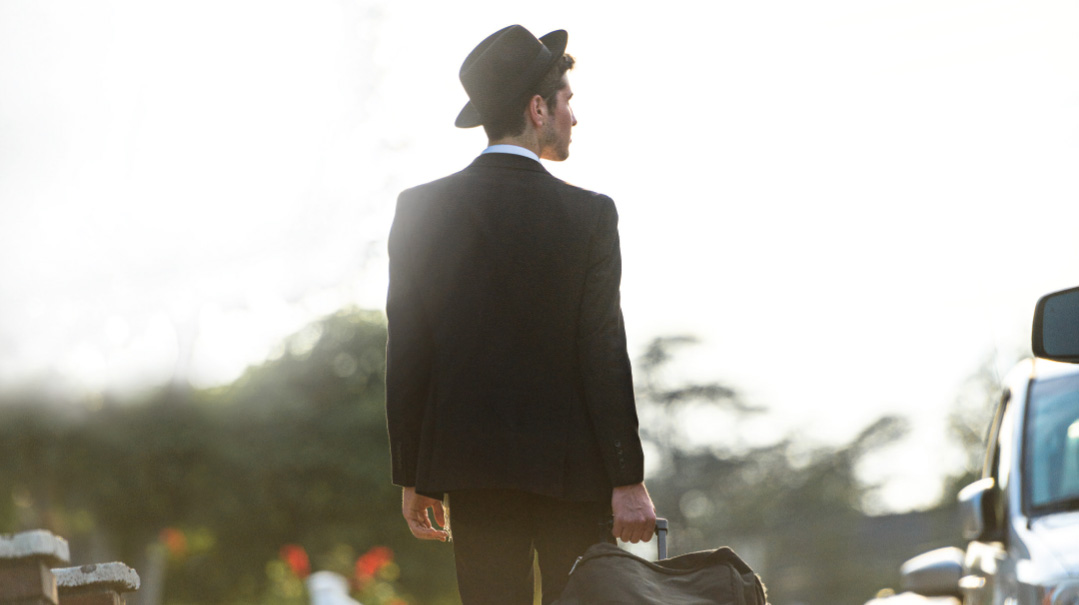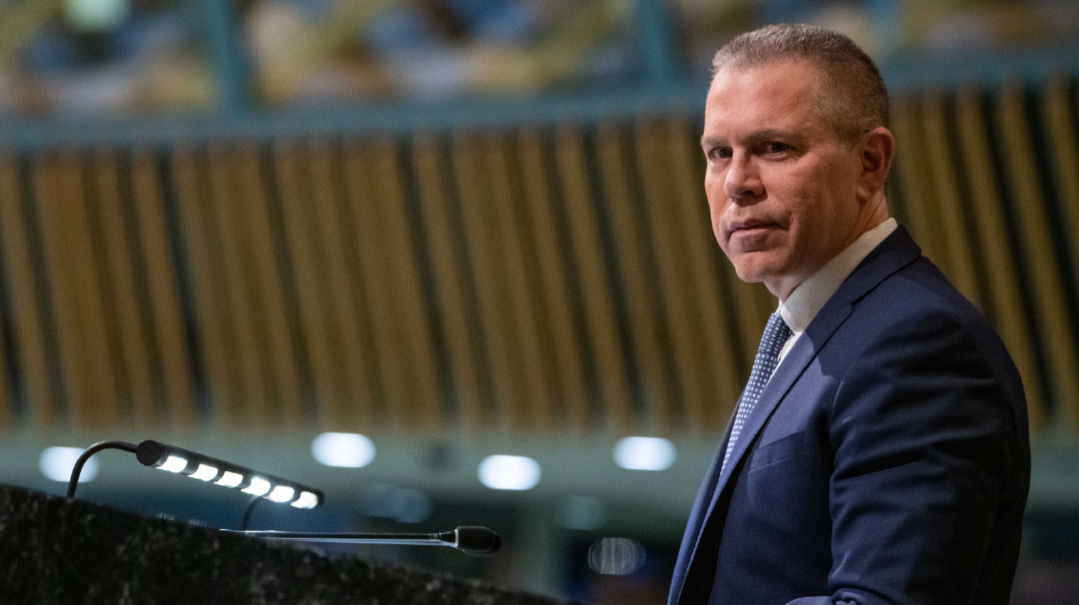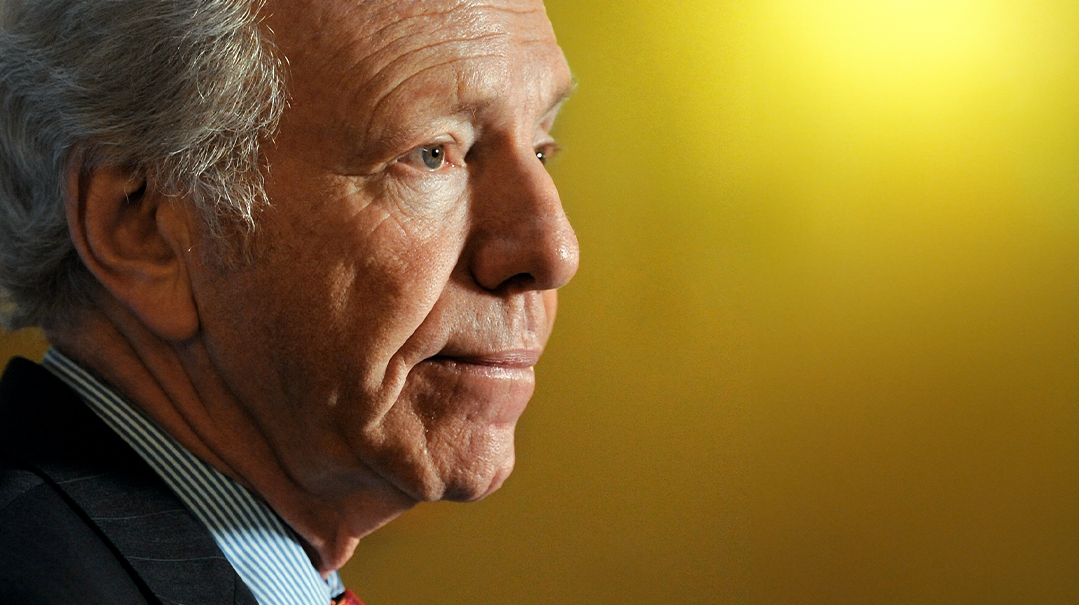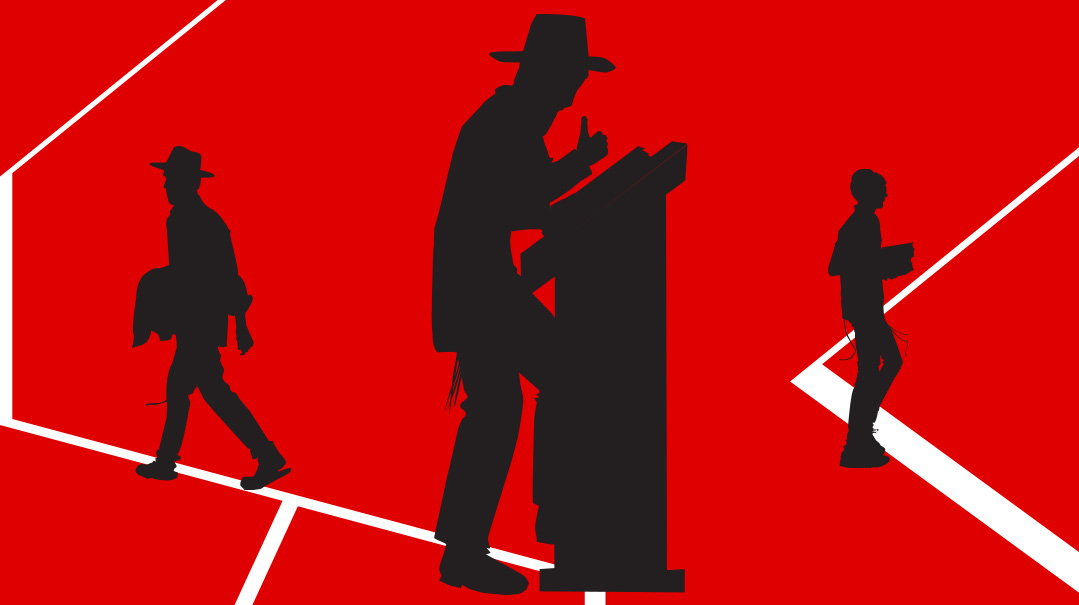Rescues Under Rubble
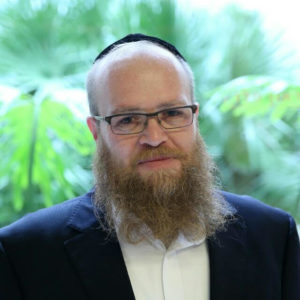
Dramatic rescue accounts from Israel’s rescue delegation in Turkey's catastrophic earthquake scene
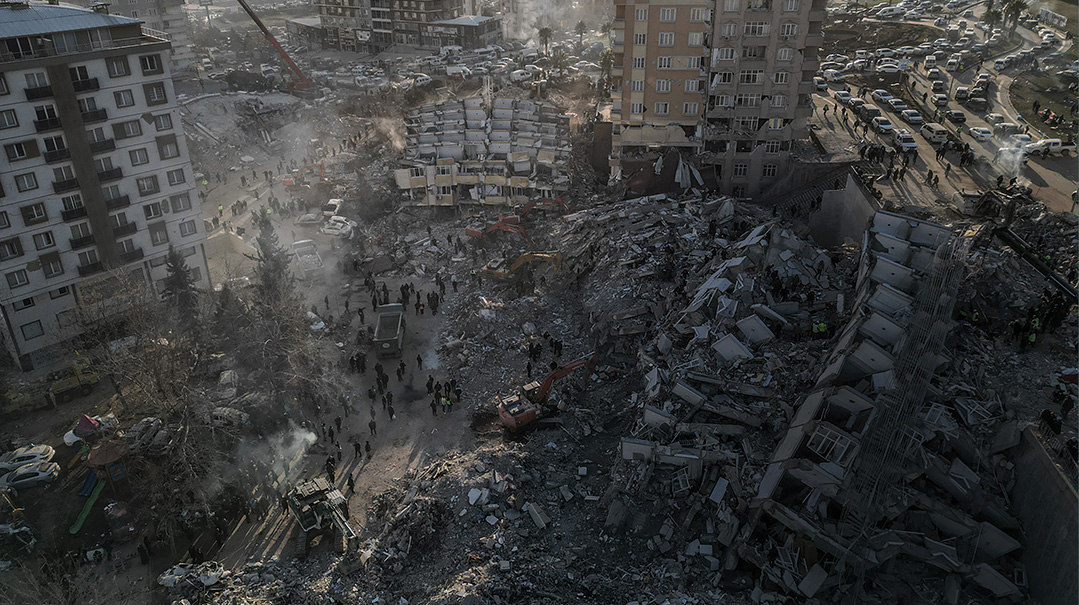
Photos: Flash 90
T
hirty-four thousand. That’s the number of deaths so far from the earthquake catastrophe in Turkey, according to official estimates as of the beginning of the week. While the sheer magnitude of death and destruction is hard to digest, the Israeli rescue delegation once again demonstrated that sanctity of life is paramount, having succeeded in rescuing 19 people, still alive after several days buried in the rubble.
Unit commander Brig. Gen. (res.) Golan Vach, who returned to Israel with his delegation at the beginning of the week (the Foreign Ministry denied the rumor that the Hatzolah rescue delegation left due to an imminent security threat), told Mishpacha that this was one of the most difficult and complex rescue missions he’s ever experienced. And he’s no stranger to destruction — this is the eighth mission he’s taken part in, some of them as commander.
“I’ve been on a lot of missions, but I’ve never experienced what we saw here the last few days,” he said. “We were assigned a certain zone and had to comb through it, although no one believed that anyone could still be alive underneath all those collapsed structures.”
Vach was part of the delegation that went to Brazil after that country’s dam disaster in January 2019, when the dam released a massive mudflow that advanced downstream, sweeping away houses, farms, inns, and roads. He was on the scene that same year in the aftermath of the 2019 earthquake in Albania, and remembers that, “One of the most difficult experiences I took part in was the devastating earthquake in Haiti in 2010, which took over 200,000 lives.” He was also part of the rescue mission to the building collapse in Surfside, Florida in the summer of 2021. There, 98 bodies were extracted from the rubble, among them 32 Jewish men, women, and children, which the mission helped bring to kever Yisrael.
Yet despite all that, Vach said the Turkey disaster is different from anything he’s seen to date: “It was a very difficult experience; it was a very complex mission. We were the only delegation that managed to extract so many people alive. As soon as we arrived, we realized that this wouldn’t be like anything we’d seen before. First of all, everything was dark. There was no electricity and not a drop of light. There wasn’t really a city left. There isn’t a single street in the city that wasn’t damaged and not even an alley you can walk or drive down.
“When we walked around the ruins in Kahramanmaras, the epicenter of the earthquake, I felt like I could understand the descriptions of the Churban. Entire families whose homes had collapsed were sitting outside, in the dark, on the sidewalk, in sub-zero temperatures with the snowy hills in the background, trying to warm themselves by the heat of a few twigs or cartons they set aflame, waiting to hear something about their loved ones. The only colors in this new universe were the orange of fire and the black of night.”
The last person the team rescued alive was Ridban, a nine-year-old boy who was trapped beneath the ruins with his family, and saved 120 hours after the earthquake hit in a complex rescue that alone lasted 38 hours. Ridban was the delegation’s nineteenth live rescue, and the third live rescue from that family. Earlier in the week the team had rescued his father and 14-year-old sister, and had pulled out his mother’s lifeless body. In the same building, the delegation extracted two additional women alive.
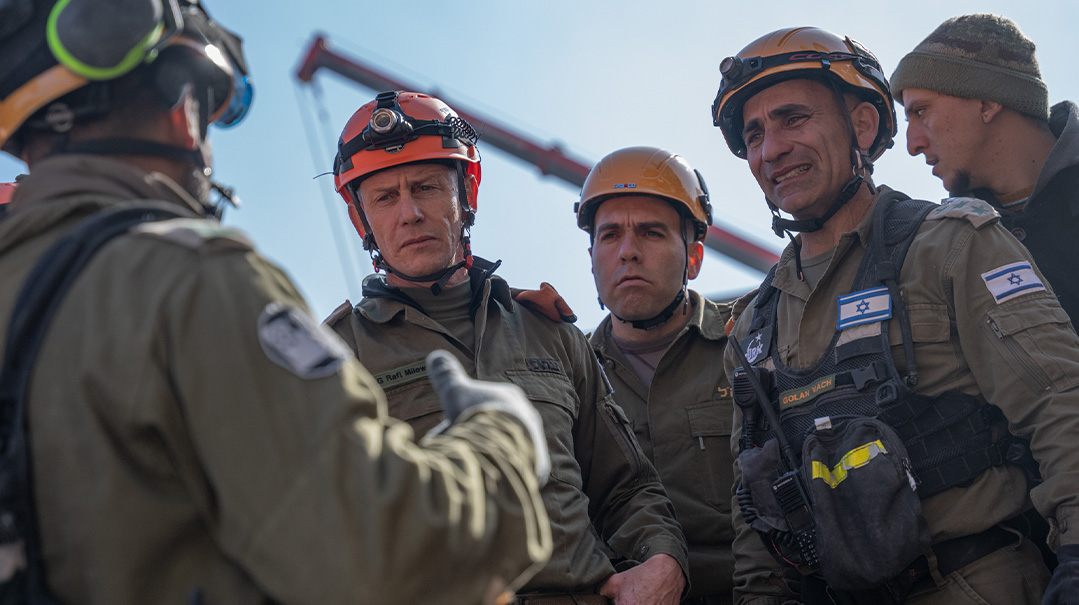
Keep Digging
“Ridban was stuck very deep in the ruins,” Vach explained. “It didn’t seem possible that we would get to him in time, but we decided to make the effort to reach him regardless. Yet because we knew nothing of his condition except that he was still alive, it was clear that we’d need to be extremely creative. All we heard was his faint murmuring and crying. We decided to dig a tunnel in order to get to him, but although that sounds simple, it’s excruciating work that requires a tremendous amount of attention to detail. One wrong move and everything could collapse on him.
“As we were digging a path to him, there was another earthquake and the ceiling above us sank,” Vach continues. “We hurried outside and brought in an engineer, who said we could continue working. But as soon as we went back in, we felt another tremor, so we came out again. We brought the engineer back, and he checked and said that we could enter but that we should hurry because time was not on our side. We brought in a few more of our people and crawled toward the boy from several angles. Inch by inch, we were finally able to get close to him.
“We crawled as close as we could get and saw that his shoulder was stuck under a heavy piece of furniture and there was no way we could extract him. I began to dig with my hands around his body in an effort to get him out from under the furniture. I was right near his back, and my fingers must have hurt him because he started to cry and scream in Turkish. I tried to tell him in Hebrew that I was there to rescue him — I hoped he understood, even if not the language. Meanwhile, I kept digging but nothing was moving — until suddenly, I felt something shift. I was able to pull away a wooden slat, and then another, until I took apart the piece of furniture that was trapping him.
“At that point I tried giving him a pull, but then I saw that there was a heavy beam on his legs that didn’t let him move. The day before, we’d had to amputate the leg of a young man in order to rescue him from a similar situation. But this was a nine-year-old boy who’d be left without legs, and our hearts were breaking. So I kept digging around him in an effort to move the beam while the minutes ticked by — another quake or shift, and we’d all be buried along with him.
“At one point, when it seemed that there was a big enough groove in the ground around him, I held him by the shoulders and with all my strength, gave a yank and managed to pull him free. We rolled together, and then both of us burst into tears. We moved him to the medical team waiting nearby, and the rain that was falling gave him a few drops of hydration.”
Vach admits that there were moments when he was ready to give up. “All around us people were saying that our efforts weren’t worth the time or energy — that we should move on to others we could help. But I had a feeling. I felt that we had to try.”
The rescue team divided into groups, each comprised of six people including an engineer, a medic, and four rescuers. Local survivors often directed them to possible areas where they might find people alive — and everyone was hoping the Israelis would somehow manage to extricate their loved ones.
In some of the structures, there was a bit of heat preserved, and some of those still alive were wrapped in blankets or covered by a mattress and were thus protected from the bitter cold.
“We saw people who were rescued after a few days under the rubble and their condition was reasonable,” says Vach. “There were homes where we didn’t dream we’d find people alive, but we did.
“In one of the ruins that we combed through, we heard something that sounded like a bird chirping. It turned out that it was a boy who had heard us. He was 12 years old and alive, while the other four members of his family had died in the same room. We were told of another place where people might still be alive, and as we began to dig, we found a two-year-old boy amid the ruins, his mother nearby. We were able to pull them both out alive as well. In principle, until five or six days after, we continue to search constantly.”
In contrast with other missions that managed to extract four or five survivors, Vach’s group was able to take out 19.
“Well, in an event with many trapped people, it’s statistically more likely to find life the earlier you get there. Beyond that, we’ve developed some unique rescue techniques. For Am Yisrael, sanctity of life is a primary value and that’s where we invest our efforts. There are various metrics about how long a person can survive in the rubble after an earthquake in this cold, and, for as long as we were able, we made every effort to locate live people. We also extracted many bodies from the ruins. And when you see people receiving the bodies of their missing loved ones, despite the terrible anguish, you realize that this is also a chesed.”
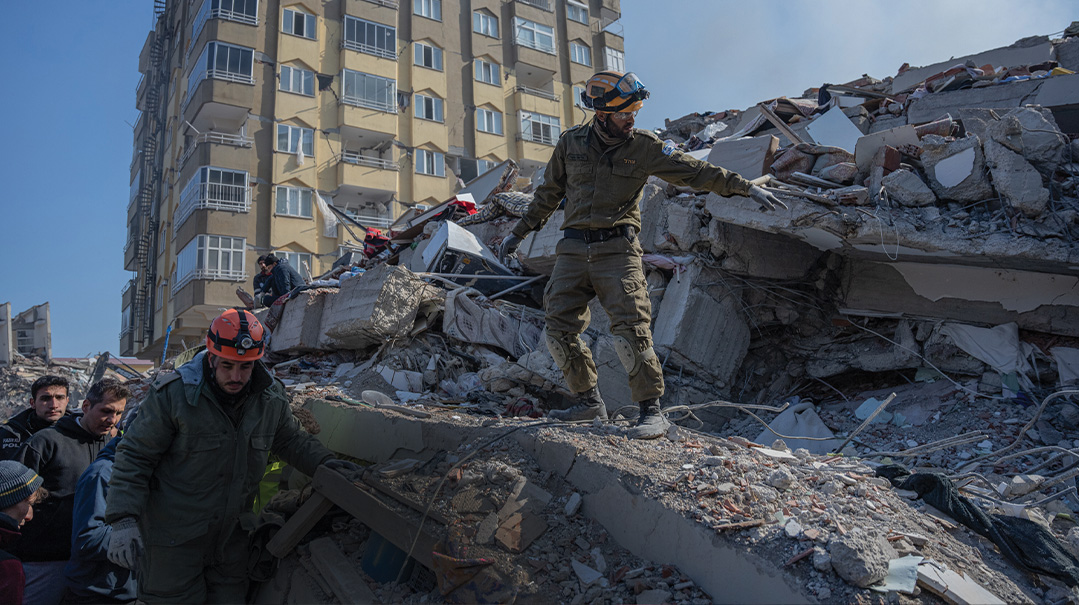
End of a Kehillah
Chaim Blech, 31, father of three, was in Turkey on behalf of ZAKA and the Home Front Command. A long-time volunteer for Magen David Adom and ZAKA, he says that their primary mission was to deal with the bodies of Jewish victims.
“When we went to search for the Antakya community leader and his wife, Saul and Tuna Cenudioğlu, they were classified as missing. But our base was in Karaman, hundreds of kilometers away. Still, we knew we had to look, so we traveled to the city and searched for their bodies until we located them. Officially, our role was over. The Jewish community in Antakya numbered 20 people, and 18 had been located. The community leader and his wife were killed. The gabbai of the community told us afterward that he can toss away the keys to the shul. It won’t be opened again. There is no more Jewish community there. There is chaos and death in every corner, and although those scenes were horrific, there’s something tragic in seeing an ancient shul close.”
In conversation with Mishpacha’s Yisrael Hershkowitz, Rabbi Mendy Chitrik, the Chabad rabbi of Istanbul and chairman of the Alliance of Rabbis in Islamic States, related that he received a phone call from the residents of Antakya. “The ground shook,” they told him. “Buildings fell. Come.”
“I took a backpack and hurried to board an internal flight from Istanbul to Adana. From there, I traveled four hours to Antakya. I had tossed in a few bars of chocolate, a Gemara, and my shechitah chalaf,” he says. “I told myself, ‘What could be already, so a few buildings fell. We’ll go out there — and once I’m there, I’ll shecht a few chickens for them, so they can have fresh chicken for Shabbos.'”
But when he got there, he realized the extent of the horror and devastation. “It’s a very ancient city,” Rabbi Chitrik related. “Its origins are the city of Antioch, which was established 2,500 years ago by Antiochus. The Jewish community there is one of the oldest in the world, but today it’s comprised of about 20 people, most of them elderly. Still, they had a community with an active shul, tefillos, and Torah classes. But all this is now in the past. Eighty percent of the city has been flattened. Ten-story buildings fell like houses of cards. Wherever you look, you see destruction, huge mounds of crushed stone and concrete, under which hundreds, thousands, of people are trapped, the ground pelted by freezing snow and rain. The city was built over centuries, layer upon layer from different time periods, so that added to the instability and destruction.” Many people have seen the now-viral clip of Rabbi Chitrik bringing several ancient Torah scrolls to safety from the damaged synagogue, the frame of which is still standing, although the walls are cracked.
“This community has ended its historic journey,” says Rabbi Chitrik. “Anyone who survived moved to Istanbul. In fact, the removal of the scrolls was the final act that brought an end to the 2,500-year history here. The loss is compounded by the emotional scene of the IDF coming to rescue the Jewish bodies and transfer them for burial, while taking responsibility for the holy artifacts that belonged to the destroyed Jewish community.”
Chaim Blech says he’ll never be able to erase the scenes of utter destruction: broken roads, fragmented families, people standing outside buildings and waiting to see which bodies are being taken out. Children, fathers, mothers, grandparents, everyone waiting. Everything has collapsed. Entire blocks have been erased. Wherever you look you see death — a child crying when he sees his parents being carried away, an older woman weeping when she sees her family being taken, covered in a sheet.
Blech’s team was made up of ten volunteers, six from Israel and four from South Africa. “We all worked twelve hours a day in shifts,” he says. “And the conditions were brutal, the cold unbearable. But the responses we got were warm. People were so appreciative when we extracted their loved ones, even if they were no longer alive. They learned to say in Hebrew, ‘Todah rabbah.”
On Shabbos, almost a week after the earthquake, the assessment was that there was no one left alive. The cold was so severe. Even a person who remained alive after the quake and may have an air pocket couldn’t survive for so many hours on a slab of frigid concrete. He’ll die of hypothermia.
We made a Shabbos seudah with all the soldiers together,” Blech says. “We had Kabbalas Shabbos. For food, we had rice and a bit of chicken that we cooked from some IDF battle rations. And I had some pretzels that I brought from home.”
Blech says that even though the rescue mission was officially over, they continued to help the survivors. “We wanted to show the Turkish people that even though they’re hostile to us, we come to help in times of trouble. A large percentage of the Turkish people are devout Muslims and they don’t like to see us there, but we knew we were making a kiddush Hashem, so we stayed to help.”
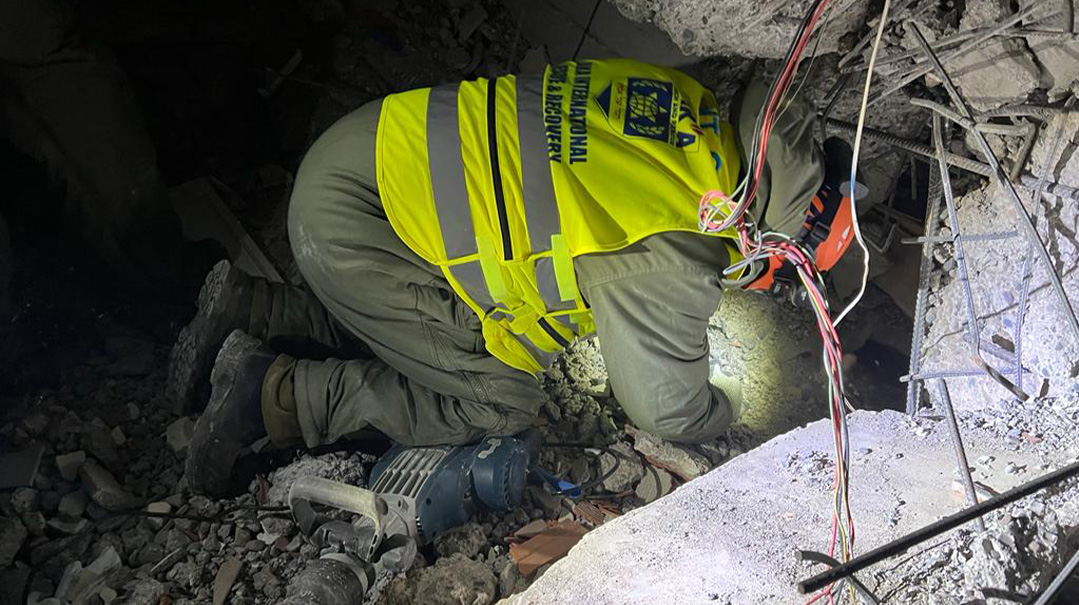
Coming Closer
The IDF’s special medical delegation was focused on restoring some hospital function to the city of Kahramanmaras, which suffered the brunt of the quake.
“The staff was either injured or fled, so we turned it into an emergency field hospital,” said one delegation doctor. “We set up an intensive care unit, a pediatric ICU, operating rooms and other departments, and we’re taking in wounded people who are still being found among the ruins. One major challenge is that the quake took place near the border with Syria, and there are thousands of refugees who are very suspicious of us. We understand this, but every encounter creates more trust. Medicine is the real bridge between nations and cultures.”
Blech agrees that a bridge was created in a country that has shown extreme hostility to Israel in recent years. “People there understood that our assistance is not to be taken for granted. There are people who approached us and could not stop thanking us. Some of them are people whose relatives’ bodies we extracted. Some told me that I don’t even know what kind of wonderful people work with me. We’ve all made an effort to bring kavod to Am Yisrael, and I hope we’ve succeeded just a little bit in our cosmic job of being a light unto the nations.”
(Originally featured in Mishpacha, Issue 949)
Oops! We could not locate your form.
